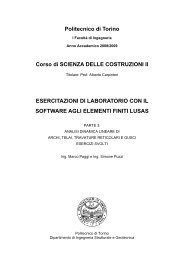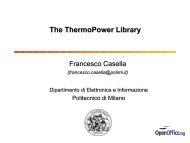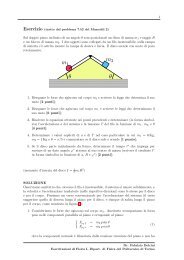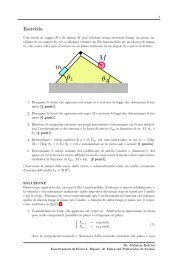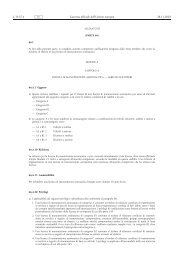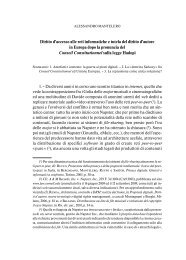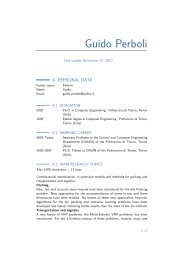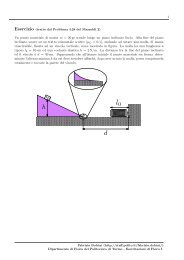The ITER toroidal field model coil project
The ITER toroidal field model coil project
The ITER toroidal field model coil project
You also want an ePaper? Increase the reach of your titles
YUMPU automatically turns print PDFs into web optimized ePapers that Google loves.
198 A. Ulbricht et al. / Fusion Engineering and Design 73 (2005) 189–327<br />
Fig. 3.6. Two pancakes in the reaction moulds in front of the furnace.<br />
<strong>The</strong> radial plates (RP) and covers are made of 316LN<br />
stainless steel by forging and machining. Thanks<br />
to intermediate heat treatments at 950 ◦ C the flatness<br />
of the finally machined radial plates was within<br />
∼0.2 mm distinctly better than originally expected by<br />
industry.<br />
Fig. 3.7. Insulation of the turns including the installation of the cowound<br />
stainless steel tape voltage taps and transfer into the grooves<br />
of the radial plate.<br />
3.3.5. Soldering and clamping of the inner joints<br />
It turned out that after heat treatment and removal<br />
of the fixture all terminations deformed into a bananalike<br />
shape, the copper sole being on the convex side.<br />
This posed some problems in the assembly of the<br />
terminations into the inter-pancake joints, but has<br />
been solved by precise machining of the two adjacent<br />
copper soles before connecting them. Because<br />
the necessity of such a machining was expected, some<br />
extra copper thickness was provided. <strong>The</strong> resulting<br />
joints were in agreement with the expectations (see<br />
Section 7).<br />
<strong>The</strong> procedure to soft-solder the inner terminations<br />
to form the inter-pancake joint caused a 2 mm thermal<br />
expansion, which was taken up by the not yet<br />
impregnated turn insulation. After soldering, the joints<br />
were fitted with rigid clamps as shown schematically<br />
in Fig. 3.5.<br />
3.3.6. Laser welding of the covers<br />
To give the DP modules the right stiffness, the covers<br />
had to be welded with a penetration of 2.5 mm.<br />
Nd–YAG laser welding (2 kW/(0.6 m min), automatic<br />
tracking) was chosen to keep the heat input at a<br />
minimum (Fig. 3.8). Optimum flatness of the DP<br />
modules of less than 2 mm was achieved by several<br />
turnovers of the plate during the operation. With<br />
an eddy current test method developed by ENEA it<br />
was possible to check the weld quality and penetration.<br />
Fig. 3.8. Laser welding of the covers onto the conductor grooves of<br />
the radial plate with automatic tracker system.



